Intelligent Heart Sound Abnormal Diagnosis Chip Based on LSTM for Wearable Applications
-
摘要: 心血管疾病是造成全球死亡人数最多的疾病之一,因此对心血管疾病的预防与提前诊断至关重要。人工听诊技术与计算机心音诊断技术无法满足对心音长时间听诊的需求,因而可穿戴式听诊设备越来越受到关注,但是其具有高精度与低功耗的要求。该文设计了低功耗的面向可穿戴式的基于长短期记忆网络(Long Short-Term Memory, LSTM)的智能心音异常诊断芯片,提出了包括预处理、特征提取以及异常诊断的心音异常诊断系统,并搭建了基于听诊器的心音采集FPGA系统,采用了数据增强的方法解决数据集的不平衡问题。基于预训练模型设计了智能心音异常诊断芯片,在SMIC180 nm工艺下完成了版图设计和MPW流片。后仿真结果表明,智能心音异常诊断芯片的诊断准确率为98.6%,功耗为762 μW,面积为3.06 mm × 2.45 mm,满足可穿戴式智能心音异常诊断设备的高性能与低功耗的需求。Abstract: The gravity of cardiovascular disease hazards necessitates the utmost importance of preventive measures and early diagnosis for such ailments. Conventional manual auscultation techniques and computer-based diagnostic methods prove inadequate in meeting the demands of auscultation. Consequently, wearable devices attract increasing attention, but they are required to obtain both a high accuracy and low-power consumption. An intelligent heart sound abnormal diagnostic chip based on LSTM for wearable applications is presented. The abnormal heart sound diagnostic system is developed, including preprocessing, feature extraction, and abnormal diagnosis. Furthermore, an FPGA-based system for heart sounds acquisition is constructed. The challenge of imbalanced datasets is addressed through the implementation of data augmentation techniques. By utilizing pre-trained model as a foundation, the intelligent heart sound abnormal diagnostic chip is developed, and the layout and MPW are finished under SMIC 180nm. The post-simulation results demonstrate that the chip achieves a diagnostic accuracy of 98.6%, a power consumption of 762 μW, and an area of 3.06 mm$ \times $2.45 mm, meeting the high-performance and low-power consumption prerequisites of wearable devices.
-
Key words:
- Wearable applications /
- Heart sound /
- Abnormal diagnosis /
- LSTM /
- Low-power
-
表 1 心音诊断模型训练参数
训练参数 值 框架 Pytorch GPU型号 TITAN5 12 GB EPOCH 300 BATCH SIZE 32 学习率 0.0001 优化器 Adam -
[1] WHO. The top 10 causes of death[EB/OL]. https://www.who.int/en/news-room/fact-sheets/detail/the-top-10-causes-of-death, 2020. [2] WANG Fei, SYEDA-MAHMOOD T, and BEYMER D. Finding disease similarity by combining ECG with heart auscultation sound[C]. 2007 Computers in Cardiology, Durham, USA, 2007: 261–264. doi: 10.1109/CIC.2007.4745471. [3] DOMINGUEZ-MORALES J P, JIMENEZ-FERNANDEZ A F, DOMINGUEZ-MORALES M J, et al. Deep neural networks for the recognition and classification of heart murmurs using neuromorphic auditory sensors[J]. IEEE Transactions on Biomedical Circuits and Systems, 2018, 12(1): 24–34. doi: 10.1109/TBCAS.2017.2751545. [4] EJAZ K, NORDEHN G, ALBA-FLORES R, et al. A heart murmur detection system using spectrograms and artificial neural networks[C]. Proceedings of the Second IASTED International Conference on Circuits, Signals, and Systems, Clearwater Beach, USA, 2004: 374–379. [5] MILANI M G M, ABAS P E, DE SILVA L C, et al. Abnormal heart sound classification using phonocardiography signals[J]. Smart Health, 2021, 21: 100194. doi: 10.1016/j.smhl.2021.100194. [6] MILANI M G M, ABAS P E, and DE SILVA L C. A critical review of heart sound signal segmentation algorithms[J]. Smart Health, 2022, 24: 100283. doi: 10.1016/j.smhl.2022.100283. [7] XU Weize, YU Kai, YE Jingjing, et al. Automatic pediatric congenital heart disease classification based on heart sound signal[J]. Artificial Intelligence in Medicine, 2022, 126: 102257. doi: 10.1016/j.artmed.2022.102257. [8] ZHENG Yineng, GUO Xingming, WANG Yingying, et al. A multi-scale and multi-domain heart sound feature-based machine learning model for ACC/AHA heart failure stage classification[J]. Physiological Measurement, 2022, 43(6): 065002. doi: 10.1088/1361-6579/ac6d40. [9] RENNA F, OLIVEIRA J, and COIMBRA M T. Deep convolutional neural networks for heart sound segmentation[J]. IEEE Journal of Biomedical and Health Informatics, 2019, 23(6): 2435–2445. doi: 10.1109/JBHI.2019.2894222. [10] TARIQ Z, SHAH S K, and LEE Y. Feature-based fusion using CNN for lung and heart sound classification[J]. Sensors, 2022, 22(4): 1521. doi: 10.3390/s22041521. [11] DENG Muqing, MENG Tingting, CAO Jiuwen, et al. Heart sound classification based on improved MFCC features and convolutional recurrent neural networks[J]. Neural Networks, 2020, 130: 22–32. doi: 10.1016/j.neunet.2020.06.015. [12] CHEN Wei, SUN Qiang, CHEN Xiaomin, et al. Deep learning methods for heart sounds classification: A systematic review[J]. Entropy, 2021, 23(6): 667. doi: 10.3390/e23060667. [13] SHI K, SCHELLENBERGER S, WEBER L, et al. Segmentation of radar-recorded heart sound signals using bidirectional LSTM networks[C]. 41st Annual International Conference of the IEEE Engineering in Medicine and Biology Society (EMBC), Berlin, Germany, 2019: 6677–6680. doi: 10.1109/EMBC.2019.8857863. [14] LEE S H, KIM Y S, and YEO W H. Advances in microsensors and wearable bioelectronics for digital stethoscopes in health monitoring and disease diagnosis[J]. Advanced Healthcare Materials, 2021, 10(22): 2101400. doi: 10.1002/adhm.202101400. [15] WEI Min, SUN Kexue, WANG Chenxi, et al. A design and implementation for heart sound detection instrument based on FPGA[C]. 2015 3rd International Conference on Machinery, Materials and Information Technology Applications, Qingdao, China, 2015: 278–282. doi: 10.2991/icmmita-15.2015.55. [16] JUSAK J, PUSPASARI I, and KUSUMAWATI W I. A semi-automatic heart sounds identification model and its implementation in internet of things devices[J]. Advances in Electrical and Computer Engineering, 2021, 21(1): 45–56. doi: 10.4316/AECE.2021.01005. [17] LI Tao, YIN Yibo, MA Kainan, et al. Lightweight end-to-end neural network model for automatic heart sound classification[J]. Information, 2021, 12(2): 54. doi: 10.3390/info12020054. [18] WANG Jing, CHEN Ping, ZHANG Cheng, et al. Corona virus disease 2019 respiratory cycle detection based on convolutional neural network[C]. 2021 IEEE Biomedical Circuits and Systems Conference (BioCAS), Berlin, Germany, 2021: 1–4. doi: 10.1109/BioCAS49922.2021.9644970. [19] YASEEN, SON G Y, and KWON S. Classification of heart sound signal using multiple features[J]. Applied Sciences, 2018, 8(12): 2344. doi: 10.3390/app8122344. [20] GHOSH S K, PONNALAGU R N, TRIPATHY R K, et al. Automated detection of heart valve diseases using chirplet transform and multiclass composite classifier with PCG signals[J]. Computers in Biology and Medicine, 2020, 118: 103632. doi: 10.1016/j.compbiomed.2020.103632. [21] ALKHODARI M and FRAIWAN L. Convolutional and recurrent neural networks for the detection of valvular heart diseases in phonocardiogram recordings[J]. Computer Methods and Programs in Biomedicine, 2021, 200: 105940. doi: 10.1016/j.cmpb.2021.105940. [22] KAO Chaoyang, KUO H C, CHEN Jianwen, et al. RNNAccel: A fusion recurrent neural network accelerator for edge intelligence[EB/OL]. https://arxiv.org/abs/2010.13311, 2020. [23] CHEN Chixiao, DING Hongwei, PENG Huwan, et al. OCEAN: An on-chip incremental-learning enhanced processor with gated recurrent neural network accelerators[C]. 43rd IEEE European Solid State Circuits Conference, Leuven, Belgium, 2017: 259–262. doi: 10.1109/ESSCIRC.2017.8094575. -





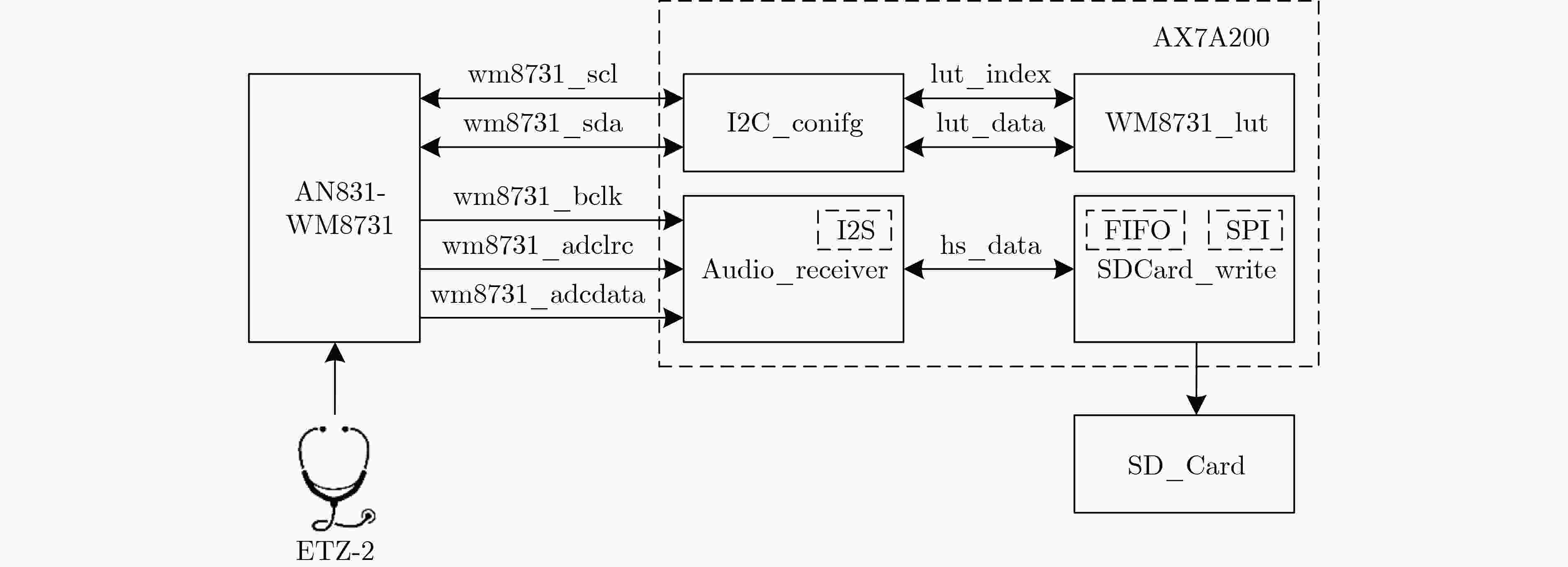
 下载:
下载:
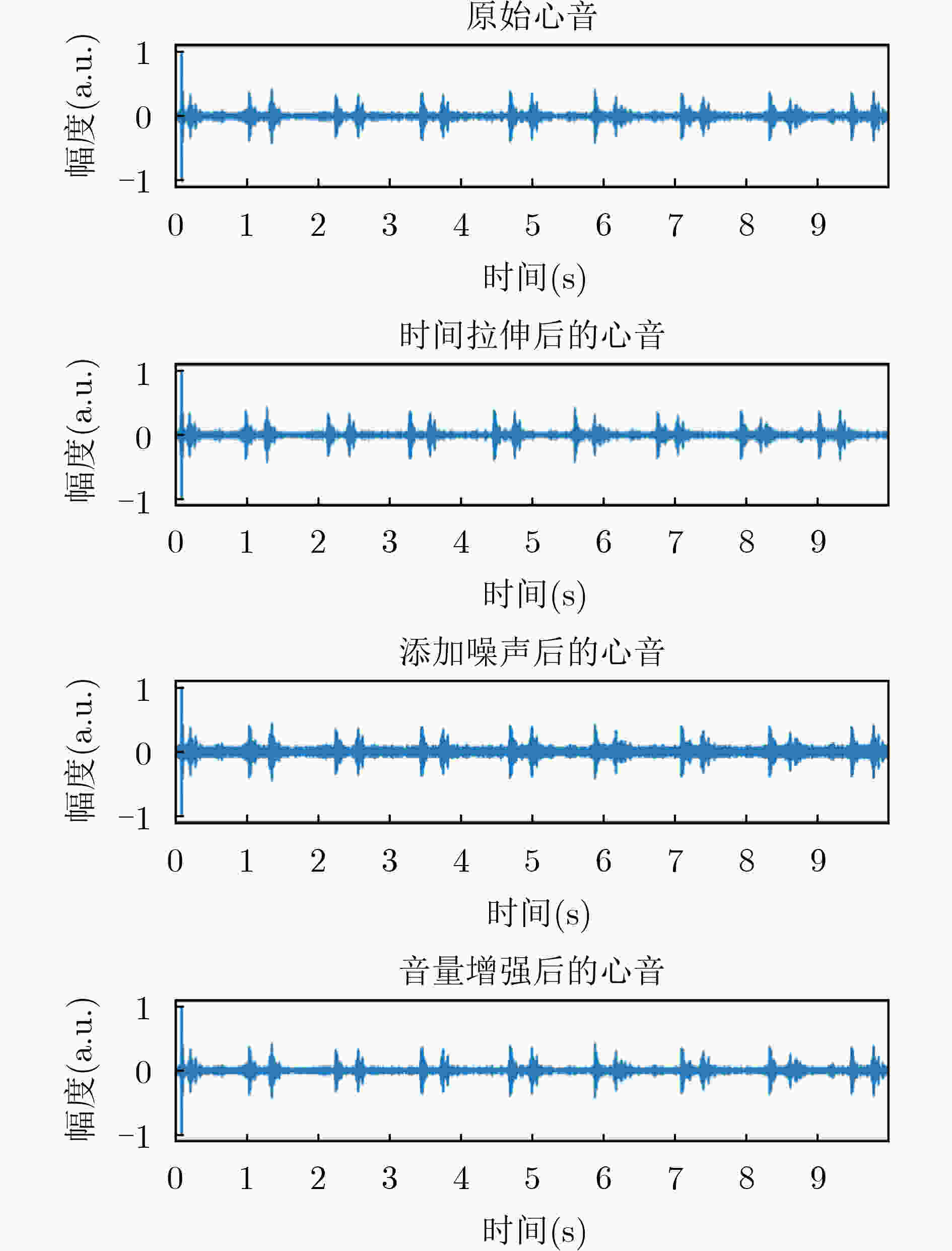

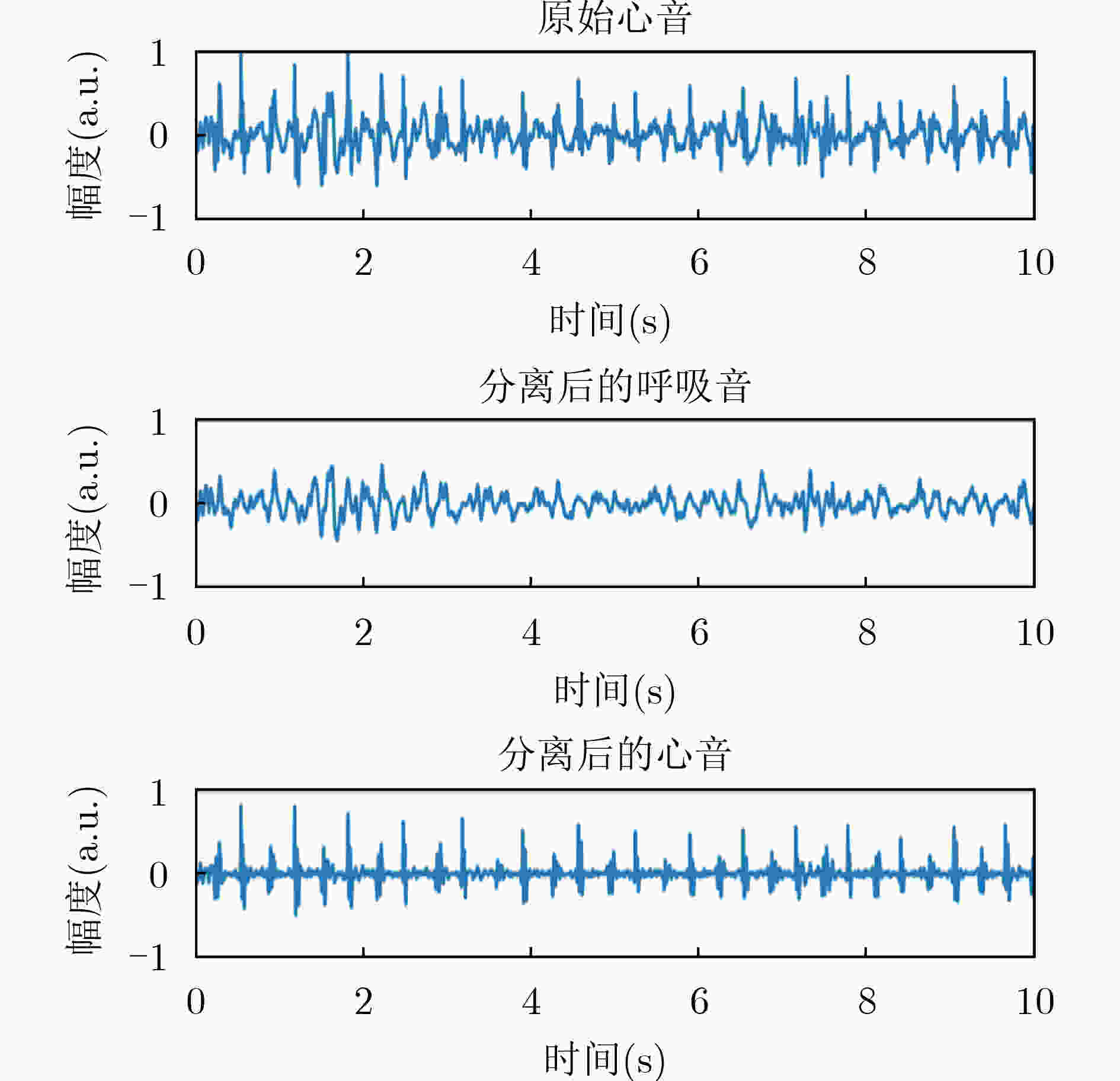
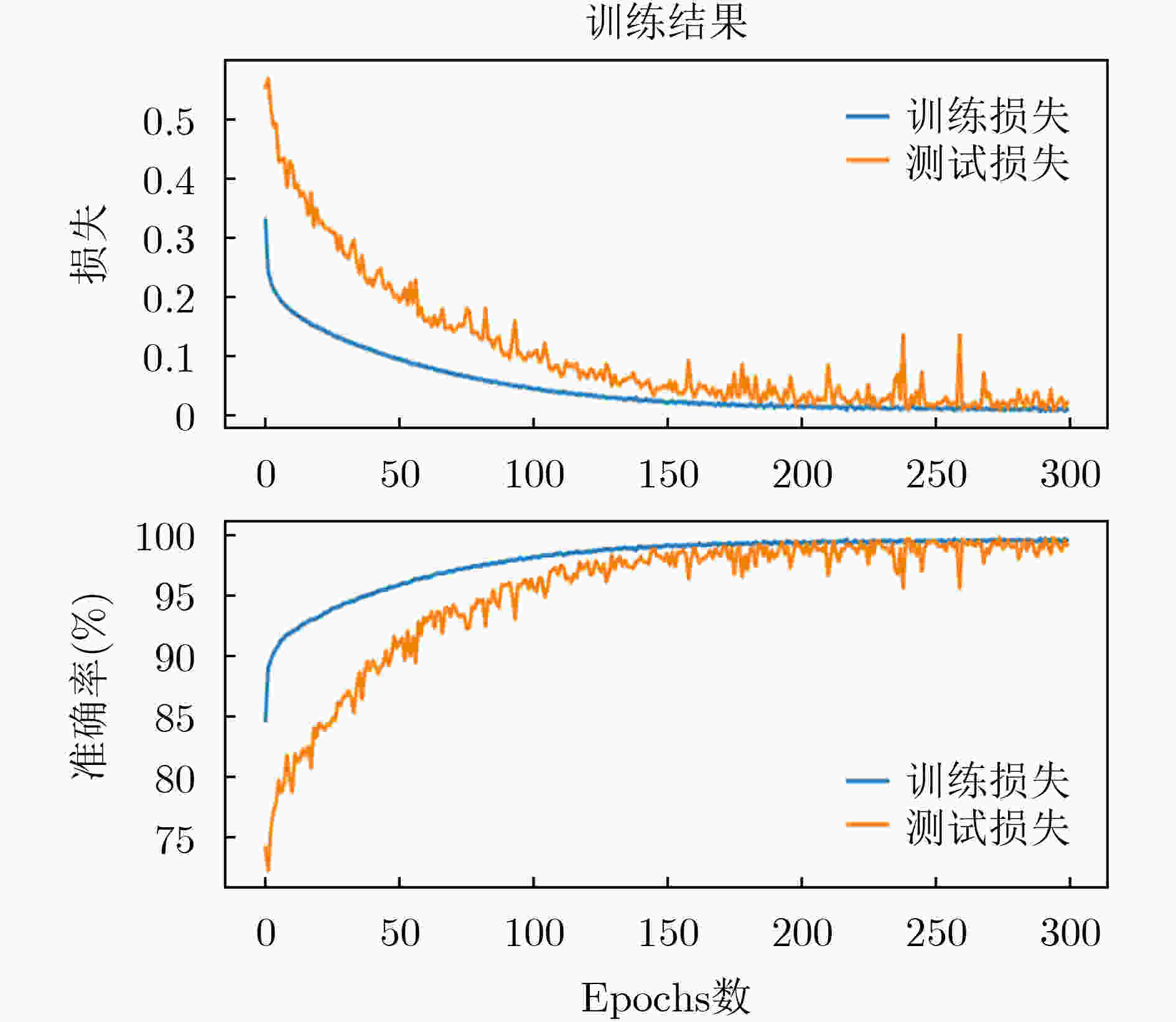
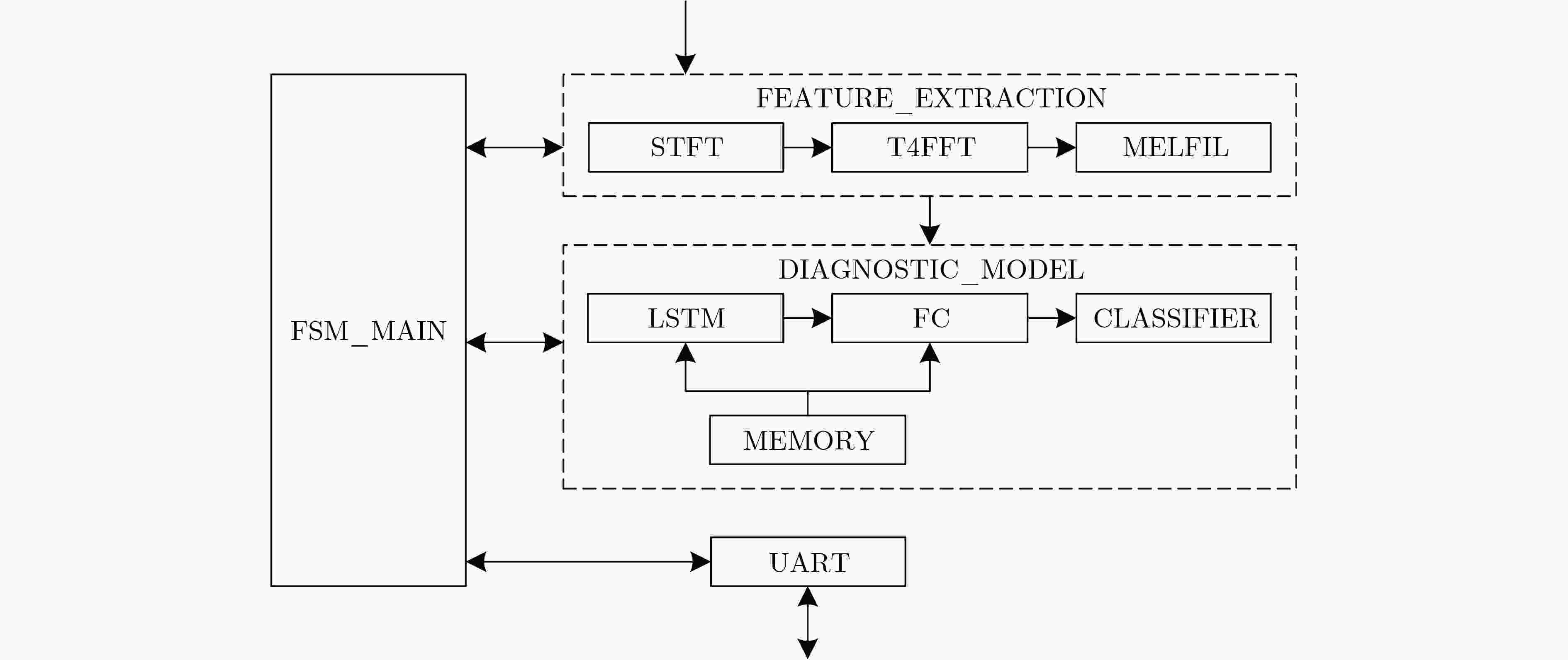
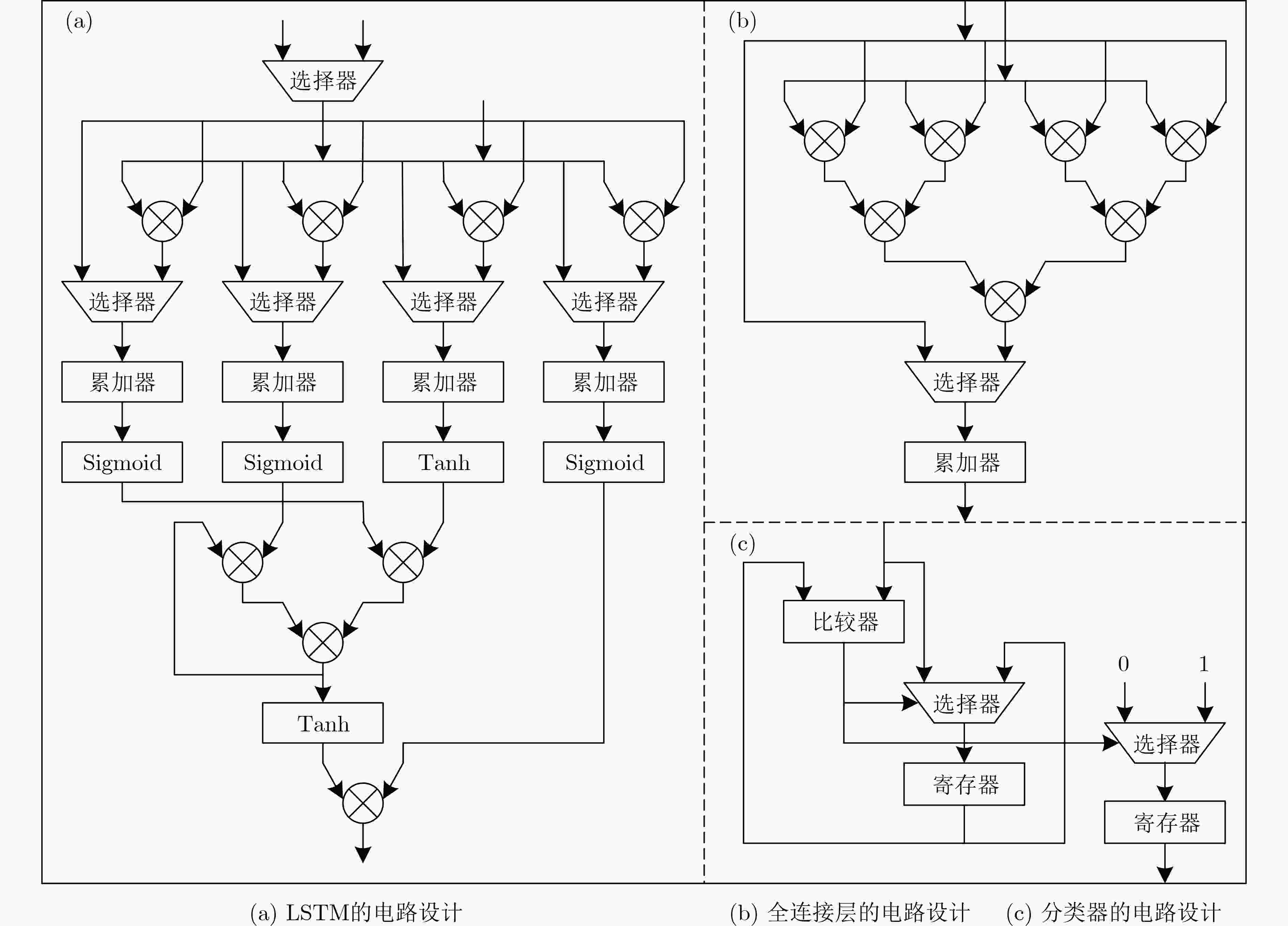
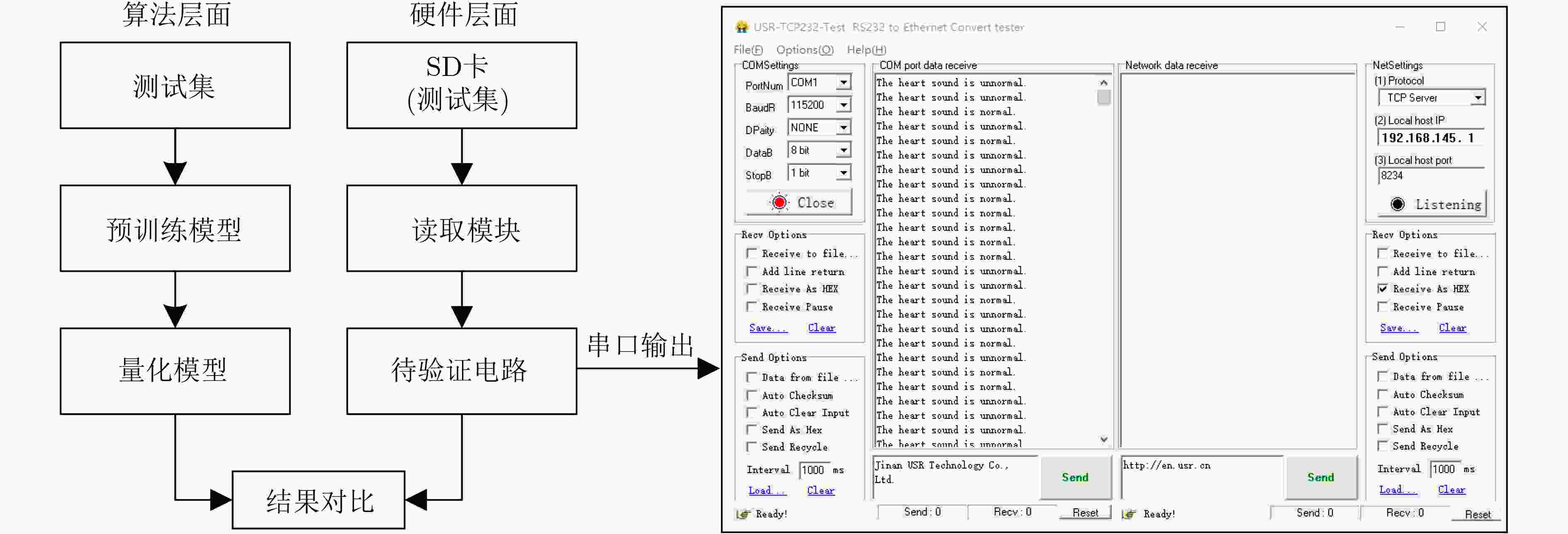
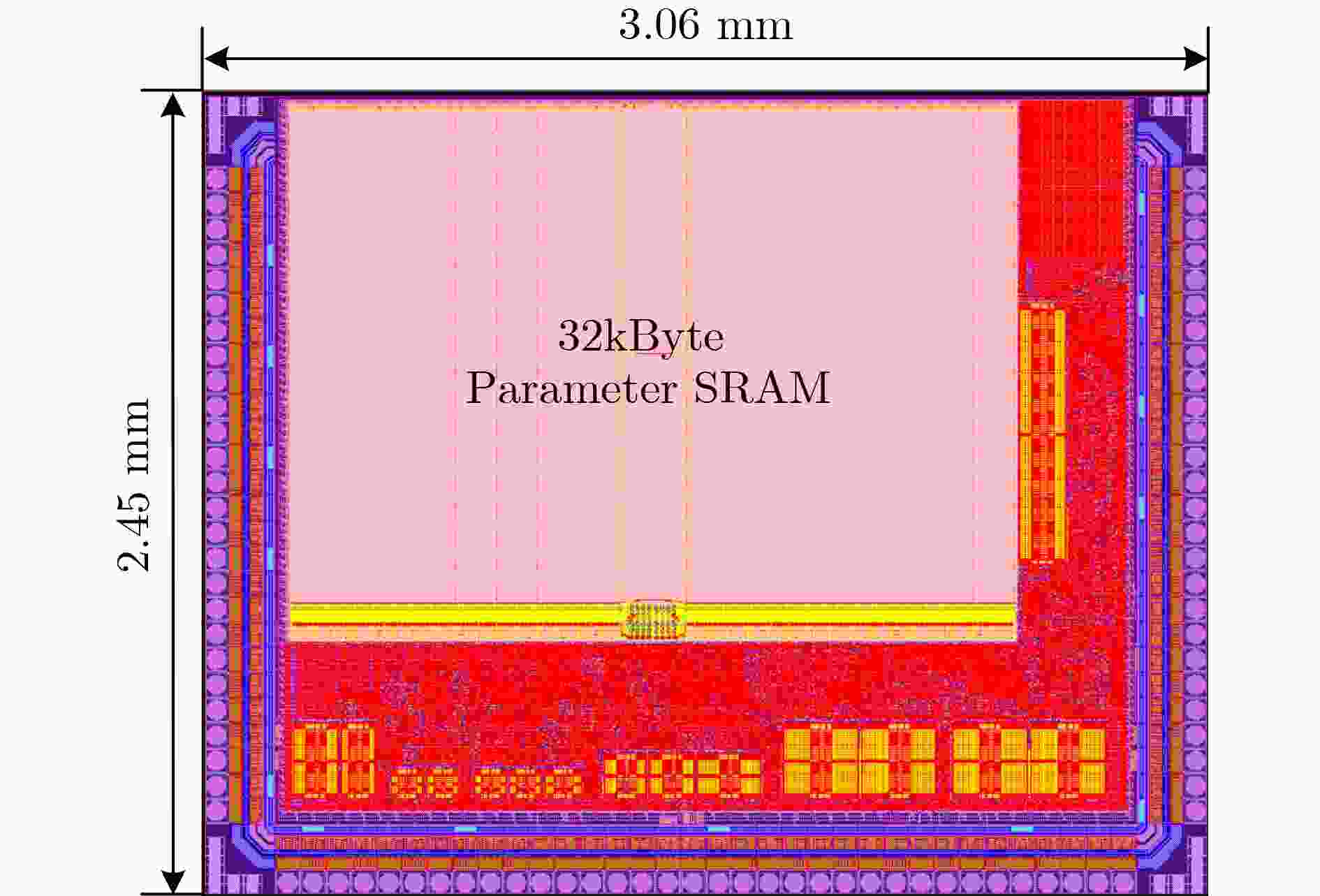


 下载:
下载:
